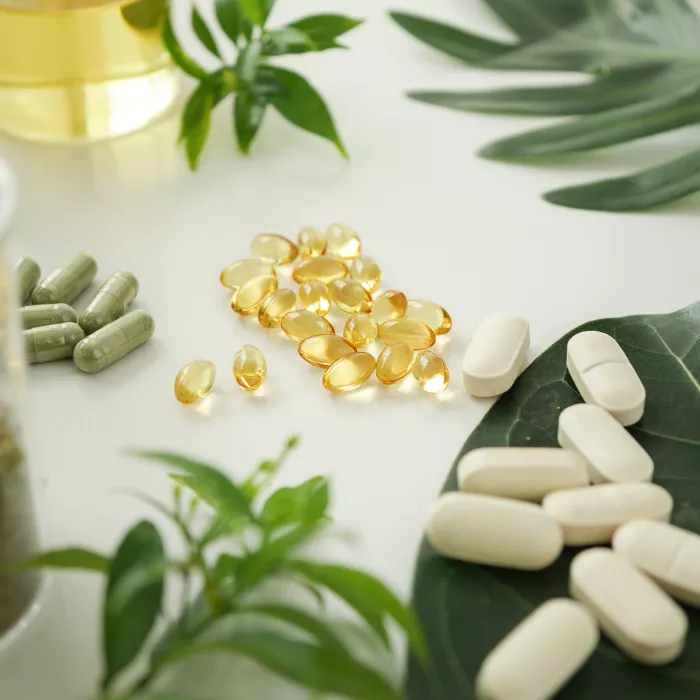January 24, 2024
Exponent's Christine Thiffault, Elaine Freeman, and Nga Tran have co-authored an article with an academic expert in the journal Food and Chemical Toxicology titled "Lack of genotoxicity potential and safety assessment of 4-(2-hydroxyethyl) morpholine present as an impurity in pharmaceuticals and nutritional supplements."
The article describes a methodical evaluation of 4-(2-hydroxyethyl) morpholine (HEM) to identify endpoints that could be used to determine risk exposure to HEM.
HEM belongs to the chemical class of oxazinanes (aliphatic heteromonocyclic) containing a morpholine moiety. HEM is widely used in the manufacturing of active pharmaceutical ingredients (APIs) and dietary supplements, where it can remain as an impurity in the finished products.
The article describes how the Threshold of Toxicological Concern (TTC) approach, first proposed by Cramer et al. (1978) and further developed by Munro et al. (1996), integrates data from hundreds of chemicals based on structures, metabolism, and toxicity for evaluation. Using this approach, the weight of evidence indicated that HEM is not genotoxic. Furthermore, the non-genotoxic Cramer class III TTC value of 1.5µg/kg bw/day is appropriate for use as a chronic exposure threshold in assessing the safety of HEM impurity in products intended for human consumption.

"Lack of genotoxicity potential and safety assessment of 4-(2-hydroxyethyl) morpholine present as an impurity in pharmaceuticals and nutritional supplements."
From the publication: "An evaluation of HEM was conducted to identify an endpoint for use in assessing the risk of human oral exposure to HEM when present as an impurity in an API, dietary supplement or food ingredient."


